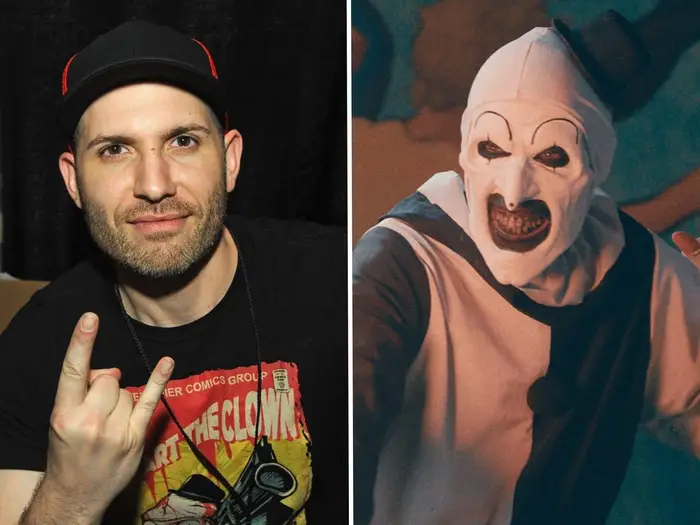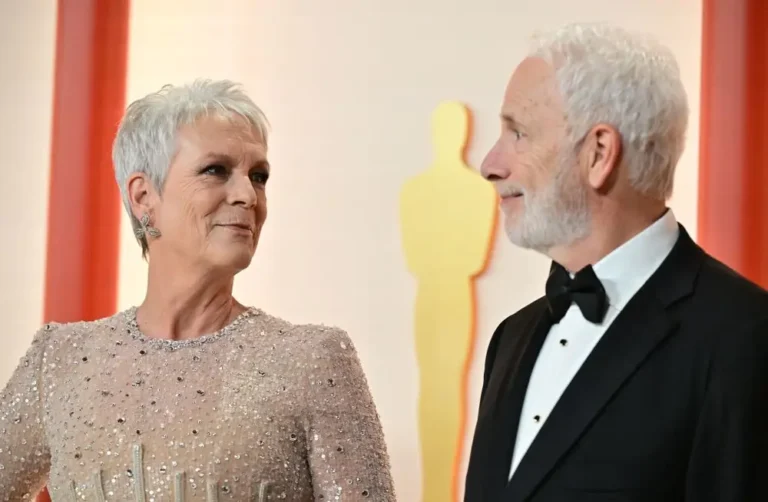Musicians are increasingly forgoing the major-label system. The problem is that most can’t afford to.

Rachel Chinouriri.
It’s no secret that artists yearn for creative freedom, and in recent years, musicians like Raye, Tinashe, Laufey, and Little Simz have opted to release their music independently instead of via the traditional major-label system.
But that creative freedom comes at a price — literally.
In B-17 new feature, “Want to make money as a pop star? Dream on,” singers, songwriters, managers, and music lawyers explain why making money as an independent artist is especially tough, particularly for those who are early in their careers.
Thanks to streaming services and social media, it seems easier than ever to become a star. Artists no longer need distribution deals to upload their music online, or expensive marketing campaigns to get noticed on TikTok.
“You’ve got this democratization of the music business where there’s not the same barrier for entry,” said Donald Passman, a veteran music lawyer who is the author of the music-industry bible “All You Need to Know About the Music Business.” “The problem is that everybody’s got that access.”
About 100,000 new tracks are uploaded to Spotify every day, per Passman. “So how do you break through the noise? That essentially is what the labels have become,” he explained.
Labels typically offer artists advances as a signing incentive, which they expect to recoup over time. They’ll also often front the cost of recording an album — a key benefit for any artist who wants to work with high-quality producers and sound engineers.
“If you want to be a worldwide superstar, so far, nobody’s really done it without a label,” Passman said. “People can get along pretty far down the path, but they don’t really do it without a label.”

Muni Long performs in Atlanta for a Grammys nominee celebration.
Muni Long, a Grammy-winning R&B singer and songwriter who’s also written hits for artists such as Rihanna, Kelly Clarkson, and Fifth Harmony, recently broke down these expenses for Apple Music 1’s Nadeska Alexis.
By her back-of-the-napkin estimation, which included studio costs ($1,200 per 12-hour block, plus a session engineer at $75 to $100 an hour), mixing and mastering (anywhere from $2,500 to $10,000 a song), and paying for beats (anywhere from $5,000 to $40,000), the baseline cost to record a full-length album like her 2022 breakthrough, “Public Displays of Affection: The Album” would be about $300,000.
“That eliminates 75% of the people who are aspiring,” Long said. “I didn’t realize how much money that it takes to actually be an artist.”
Long’s estimates align with Passman’s; he said it can “easily” cost $250,000 to record an album, especially for pop and hip-hop artists, who tend to collaborate with larger teams.
That price tag is a key reason many artists still opt for a record contract, even if it means signing away their masters (the original sound recordings of their songs) or agreeing to a lopsided division of royalties. Getting cash up-front gives the artist freedom to make music without worrying about the often astronomical price tag — at least not right away.
Rachel Chinouriri, a 26-year-old singer-songwriter from London, told me that signing to Parlophone/Atlas Artists in the UK was the only way she could afford to make music her full-time job. The contract offered a supportive team and a financial safety net. Otherwise, she would’ve had to write songs on the side while fueling her income with another gig — not an uncommon practice for independent artists.
“My manager was just like, ‘Here are the amount of costs you’ll need,’ and I’m someone who is paying rent and can’t live at home with my family,” she explained. They both agreed the indie route wasn’t feasible.
While creating her debut album, “What a Devastating Turn of Events,” Chinouriri was able to execute her vision on her label’s dime, instead of fronting the money herself.
“I’ve never had to sit and think, ‘How much has this studio session cost?’ When I did my album, I don’t even know how much the producers got paid — it just was done,” Chinouriri says. Her plan is to build a following and recoup over time; she notes she’s still being loaned money from her label and is not yet in the black.
“I don’t know how I’d be able to do all of this and then have to think of the cost,” Chinouriri adds. “I don’t know how Raye does it, I don’t know how Tinashe does it. It’s such a mission.”
While Raye and Tinashe are independent artists, neither began their careers that way, splitting from Polydor and RCA respectively after negative experiences.
By the time they severed ties with their major labels, both had already built loyal audiences, networks of collaborators, and teams they could rely on when the purse strings tightened. And even that doesn’t necessarily mean they’re bringing in a profit.
In June, Raye told me she was “breaking even,” while Simonne Solitro, Tinashe’s longtime manager, said they’ve had to figure out how to make songs and music videos on a “microbudget.”
“Every single dollar that you make needs to funnel back into your project,” Solitro said. “You essentially become a startup business.”






